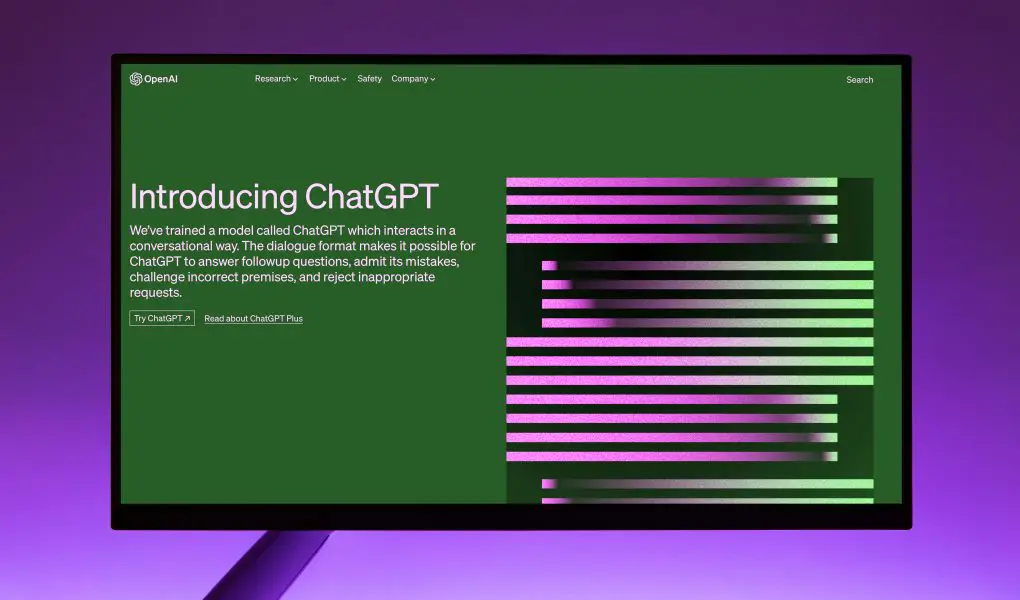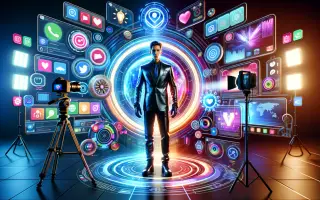If you’ve been reading this blog for any length of time, you already know that I write about how to use ChatGPT in just about every career iteration.
I know more than a few people who use ChatGPT to write blog content and create digital products, and I’m not writing this post to decry any of these activities.
But there are also many who use the tool to write content, not realizing that ChatGPT has an imagination that could rival that of your favourite fiction writer.
The issue here is that the tool won’t let you know that the information that you’re about to publish is pure fiction.
For example; I recently asked ChatGPT to write a post about luxury travel entrepreneurs, as a test.
I asked it to write the informational post of no less than 1000 words, and optimized for a specific set of keywords.
It wrote the post, and even included a list of 3 ‘well known’ popular luxury travel entrepreneurs, that included Ava Reynolds, Maxwell Hart, and Isabella Greene.
The piece also included descriptions of their publications (they’re luxury travel bloggers), and even a short biography or back story for each.
On the face of it, the piece was more than suitable.
It even went on to describe what sets each entrepreneur apart, and how they fit into the future of the respective luxury travel businesses.
Sounds great, right?
I thought so.
But then I started digging deeper into what the tool had written for me, and guess what I found?
While researching each of the individuals provided by ChatGPT in the post, I found that these people were completely fictitious.
Yup. That’s what I said.
ChatGPT lied to me!
ChatGPT wrote a complete report on luxury travel entrepreneurs, with the names of their publications, and career history for each one.
And it was all lies.
Not one of these people actually existed!
Not. One.
Instead of pulling the names of luxury travel entrepreneurs from its training data, ChatGPT created from scratch, 3 completely fake people, publications/businesses and back stories.
Can you imagine what could happen to the person who published this post without checking its authenticity?
I won’t say that I was necessarily disappointed, but I will tell you that I was really surprised that ChatGPT completely fabricated the people in this post. I expected that by Googling the information provided by ChatGPT, I would find more details about their respective businesses and careers.
But I found exactly the opposite. Nothing.
My point with this little story is that you should not only edit AI written content so that it sounds more like a human wrote it, but you absolutely MUST check it for authenticity!
Understanding ChatGPT’s Limitations.
To address the assertion that ChatGPT is a “liar”, it’s essential to recognize the limitations of the technology.
These limitations play a significant role in shaping the accuracy of the AI’s responses:
- Dependence on Training Data: ChatGPT learns from a diverse range of sources, including websites, books, and articles. If its training data includes misinformation, bias, or conflicting information, it might inadvertently generate responses that appear misleading or inaccurate.
- Lack of Contextual Understanding: While ChatGPT excels at mimicking human-like conversation, it lacks true comprehension and contextual understanding. It may misinterpret nuances, sarcasm, or complex queries, leading to responses that seem misleading.
- Inability to Verify Information: Unlike a human, ChatGPT cannot fact-check or verify information from external sources. It can only generate responses based on the data it has been trained on, which might not always be up-to-date or accurate.
- Response Variability: ChatGPT’s responses can vary based on the wording and phrasing of the input. Users might receive different answers to the same question, leading to confusion and doubt about the AI’s credibility.
Addressing Misleading Responses.
While it’s true that ChatGPT can sometimes generate responses that appear misleading, it’s important to approach the technology with a critical mindset.
Here are some steps you can take to minimize the risk of receiving inaccurate information:
- Verify Information Independently: If you’re uncertain about the accuracy of a response, consider cross-referencing the information with reliable sources. Use trusted websites (Google is probably the easiest way to do this) or expert opinions to validate the information you receive from ChatGPT.
- Ask for Clarification: If ChatGPT’s response seems unclear or contradictory, don’t hesitate to ask for clarification. This can help you better understand the AI’s perspective and identify any potential inaccuracies.
- Phrase Questions Carefully: The way you phrase your questions can impact the quality of the response. Be clear and specific in your queries to reduce the chances of getting ambiguous or misleading answers.
- Use Multiple Sources: Just as you would consult multiple sources for important decisions, consider using ChatGPT as one of many resources. This approach can help you gain a more comprehensive understanding of a topic.
Conclusion.
In the ever-evolving landscape of AI, claims like “ChatGPT is a liar” highlight the complexities and limitations of technology.
While ChatGPT can give you responses that might appear misleading due to its training data and lack of true comprehension, it’s crucial to approach it with a discerning mindset.
By understanding its limitations, verifying information independently, and using multiple sources, users can navigate the AI’s responses more effectively.
As OpenAI continues to refine and enhance ChatGPT, the potential for reliable and accurate AI-generated interactions remains promising.
By staying informed and critically evaluating the information we receive, we can harness the power of AI to enrich our knowledge and experiences while mitigating the risks of misinformation.




